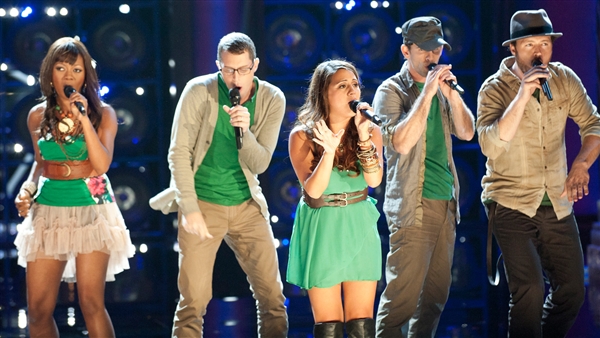a cappella

A cappella means to sing without instrumental accompaniment. It is short for alla cappella – Italian for "in the chapel" – which, in the 16th century, would have meant unaccompanied. A cappella music can be polyphonic, homophonic, or unison. It is the opposite of cantata, which is accompanied singing.
Religious orders, blue field, hollers, and some traditional folk music all exemplify early forms of a capella. Over the years, the a cappella style has expanded into genres such as pop, doo-wop, and barbershop quartets. Many modern a cappella groups or artists use their voices, through the technique of beat-boxing, to add percussive elements to their songs.
A particularly distinctive form of a cappella is barbershop music. This is characterized by consonant four-part chords for every melody note in a predominantly homophonic texture. Each of the four parts has its own role: generally, the lead sings the melody, the tenor harmonizes above the melody, the bass sings the lowest harmonizing notes, and the baritone completes the chord, usually below the lead.


